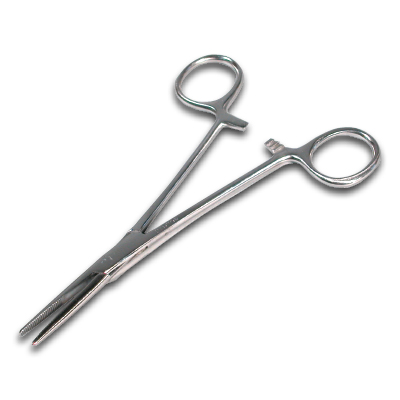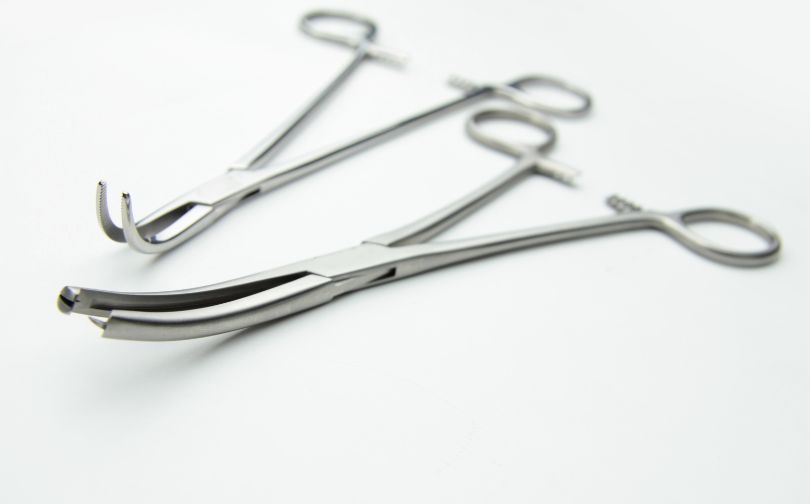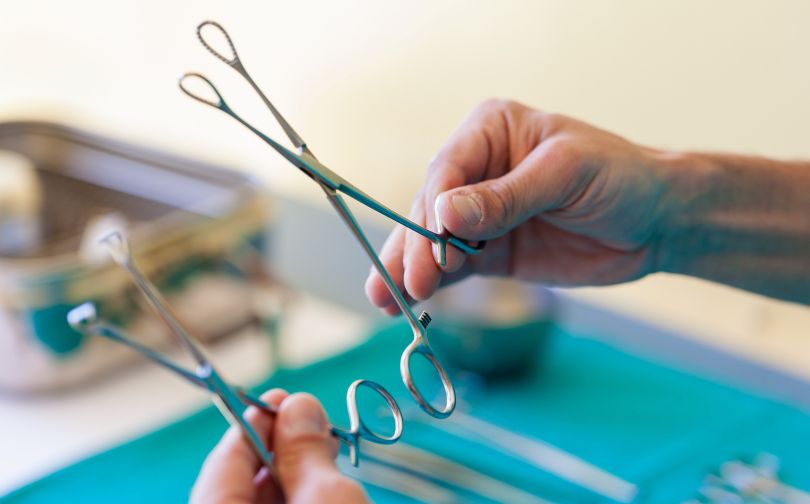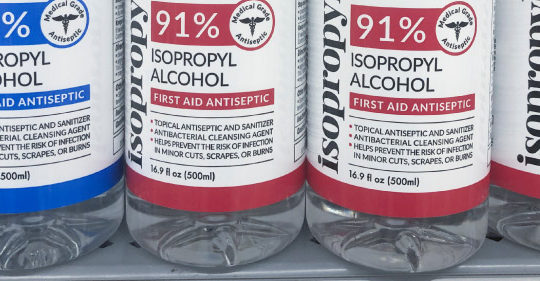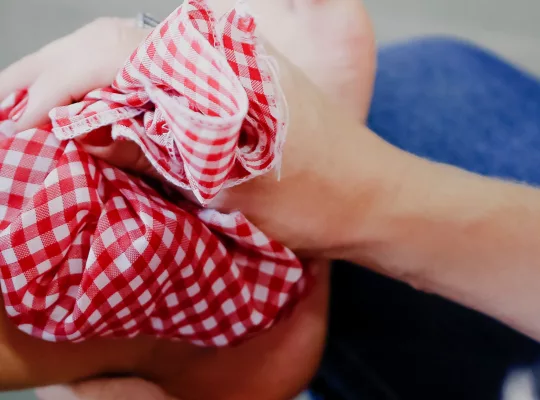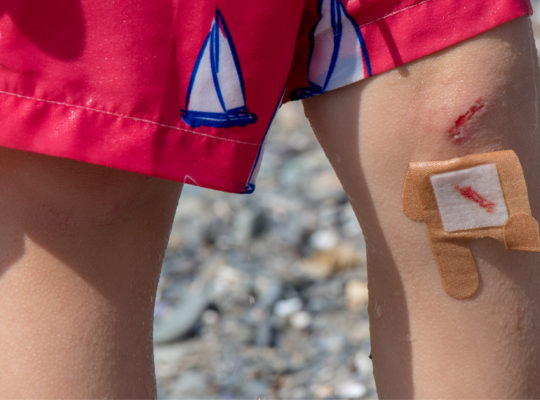Kelly forceps are a common surgical instrument, often seen in operating rooms and emergency settings. Designed to grasp, hold, and clamp tissues or blood vessels, they serve a vital role during medical procedures. Their curved or straight shape allows for flexibility, making them highly useful for controlling bleeding or holding delicate structures without causing damage.
A common frustration among medical staff is using the wrong tool for the task at hand. For example, using forceps with poor grip can lead to slippage, prolonging procedures and causing unnecessary stress. Kelly forceps, with their reliable locking mechanism and precise design, help reduce these risks.
Did you know that Kelly forceps are named after an American surgeon, Howard Atwood Kelly? Their design has remained largely unchanged for over a century, proving their effectiveness.
In the following sections, we will break down exactly when and why these forceps are the tool of choice in various medical scenarios.
What are Kelly Forceps?
Kelly Forceps (also called mosquito forceps when they are smaller) are a general purpose EMS and surgical tool used to grasp very small objects when are too large. They are used in surgery and in EMS operations to reach and grasp in the tightest areas.
They are usually made from stainless steel and resemble a pair of scissors, but they have a vastly different purpose.
They allow EMTs to remove small foreign bodies and help with real small actions that wouldn’t be possible without the use of a precision tool. They have a locking mechanism that allows the user to lock them in the shut position for specific activities such as clamping.
Some models will have teeth to better grip and others are smooth to hold delicate tissue or for hemostasis or compressing a bleeding vessel.
There are both curved and straight varieties available depending on the intended use. Kelly forceps are one of the most common types of forceps and are seen in most EMS bags and first responder kits.
Forceps are cleaned and sterilized after each use so that they can be returned to the first responder bag and reused in the next call. Sterilization is important to be sure that no bacteria or virus is passed to the next person on the next call.
When Should You Use Kelly Forceps?
Kelly forceps are indispensable in medical settings, offering precision and control during various procedures. Here’s when to use them:
- Clamping Blood Vessels: Kelly forceps effectively clamp blood vessels to control bleeding during surgeries. Their serrated jaws ensure a firm, secure grip, which is vital for achieving hemostasis without damaging the vessel.
- Manipulating Tissues: These forceps allow for careful manipulation of tissues during surgeries. Their design helps surgeons hold and adjust tissues precisely, reducing the risk of unnecessary trauma.
- Oral Surgery: Dentists use Kelly forceps to manage bleeding and handle small objects during oral surgeries. They are particularly helpful for treating tooth injury such as tooth extractions and positioning dental materials.
- Emergency Medical Services (EMS): EMTs rely on Kelly forceps for removing small foreign objects and performing delicate tasks in confined spaces. The locking mechanism allows the forceps to function as clamps, useful for quick and secure action.
- General Surgery: Kelly forceps are used across surgical fields like gynecology, urology, and orthopedics. They handle tasks such as clamping vessels and holding tissues, proving their versatility in a wide range of operations.
How to Use the Kelly Forceps?
Using Kelly forceps requires careful attention to detail and proper technique to ensure safety during medical procedures.
First, make sure the forceps are thoroughly sterilized before use to prevent infection. Autoclaving or chemical sterilization methods are commonly used for this purpose. It’s essential to select the correct type of Kelly forceps based on the specific procedure.
Options include straight or curved forceps, with either serrated or smooth jaws, depending on whether the goal is to grip or clamp tissues and blood vessels.
When gripping the forceps, hold them by the finger ring handles, much like holding a pair of scissors. The serrated jaws are designed to grasp tissues or blood vessels securely.
If clamping is needed, utilize the ratchet locking mechanism, which will keep the forceps closed without requiring continuous pressure from your hand. This feature is particularly useful for tasks like controlling bleeding by clamping blood vessels.
If adjustments are needed, you can easily release and reposition the forceps by disengaging the locking mechanism. This can be done by gently squeezing and releasing the handles.
After the procedure, clean and sterilize the forceps again before storing them to prevent contamination. Regular inspections and maintenance will help ensure they remain in good working condition for future use.
What Are the Benefits of Using Kelly Forceps?
- Secure Clamping and Grip: Kelly forceps feature serrated jaws that offer a strong grip on tissues and blood vessels, ensuring secure clamping during surgical procedures. The serrations help prevent slippage, reducing the risk of injury to surrounding tissues. This is especially important in delicate operations, where precision is key to a successful outcome.
- Versatility in Surgical Applications: These forceps are used in various types of surgery, such as general surgery, gynecology, and oral surgery. Their ability to clamp vessels, hold tissues, and assist in suturing makes them a flexible tool across different medical fields. This adaptability means surgeons can rely on Kelly forceps for multiple tasks, improving efficiency in the operating room.
- Ease of Use: Kelly forceps are designed with finger ring handles and a ratchet locking mechanism, offering surgeons precise control. The locking feature reduces hand fatigue during lengthy procedures, allowing for sustained use without requiring constant grip pressure. This increases the surgeon’s ability to focus on delicate tasks with minimal effort.
- Durability and Reliability: Constructed from high-quality stainless steel, Kelly forceps are built to last through repeated sterilization without losing their effectiveness. Their long-term durability ensures that they remain a reliable tool in surgical settings, maintaining their performance over time and providing consistent results.
- Variety of Designs: Kelly forceps come in both straight and curved forms, with different lengths and jaw types to suit various surgical needs. The availability of these options allows surgeons to select the most appropriate design for specific procedures, ensuring that they have the right tool for precise surgical interventions.
Conclusion
Kelly forceps offer precision and reliability, making them essential in both surgical and emergency settings. Their design allows professionals to perform tasks like clamping blood vessels or manipulating tissues with accuracy.
The versatility of these forceps is evident across a variety of medical fields, including general surgery, dentistry, and EMS operations. With options such as serrated or smooth jaws, and curved or straight handles, they cater to specific procedural needs.
Regular sterilization and maintenance ensure their durability, allowing repeated use without compromising performance. Their role in delivering control and safety during delicate procedures solidifies their place in every medical kit.
What are Kelly Forceps used for?
Kelly Forceps (also called mosquito forceps when they are smaller) are a general purpose EMS and surgical tool used to grasp very small objects when are too large. They are used in surgery and in EMS operations to reach and grasp in the tightest areas.
Who uses Kelly Forceps?
EMT use them to remove small foreign bodies and help with real small actions that wouldn’t be possible without the use of a precision tool. They have a locking mechanism that allows the user to lock them in the shut position for specific activities such as clamping.
Are there different types of Kelly Forceps?
Some models will have teeth to better grip and others are smooth to hold delicate tissue or for hemostasis or compressing a bleeding vessel. There are both curved and straight varieties available depending on the intended use.

